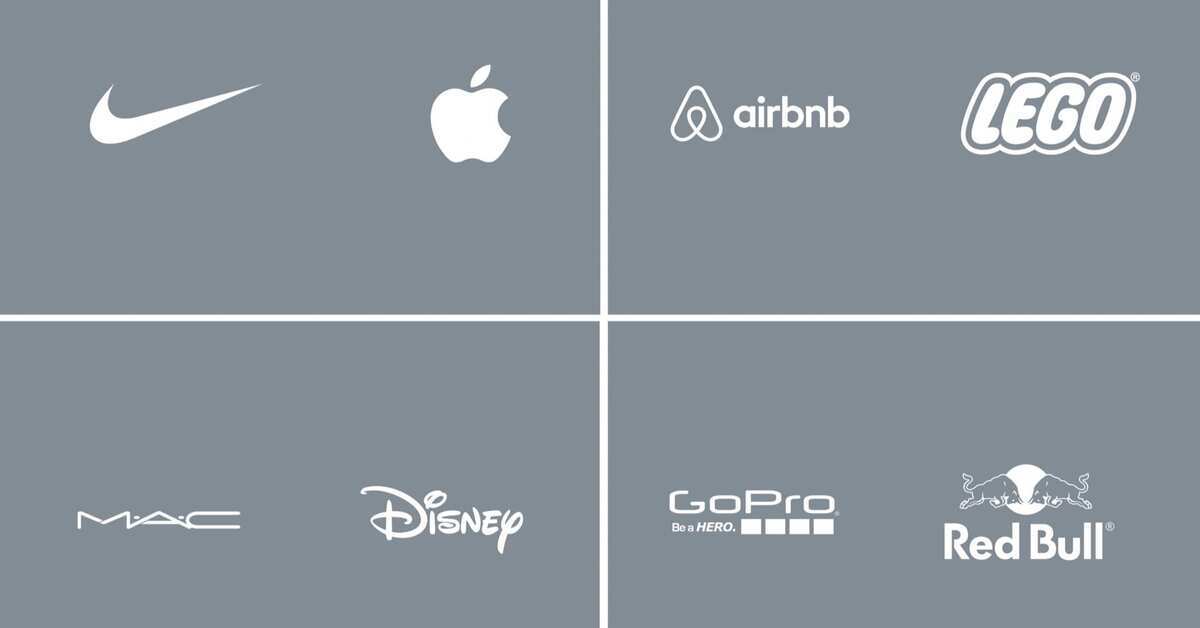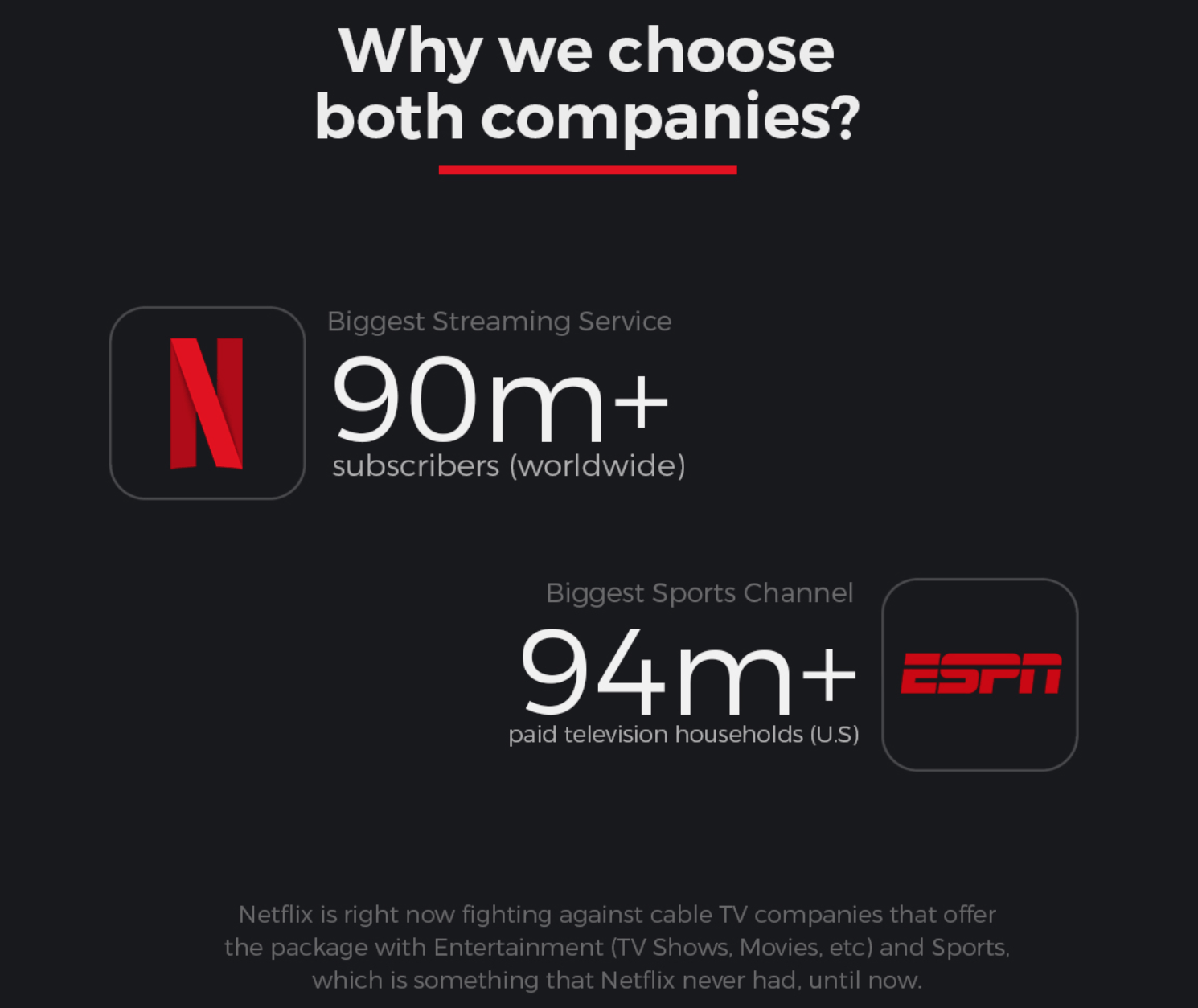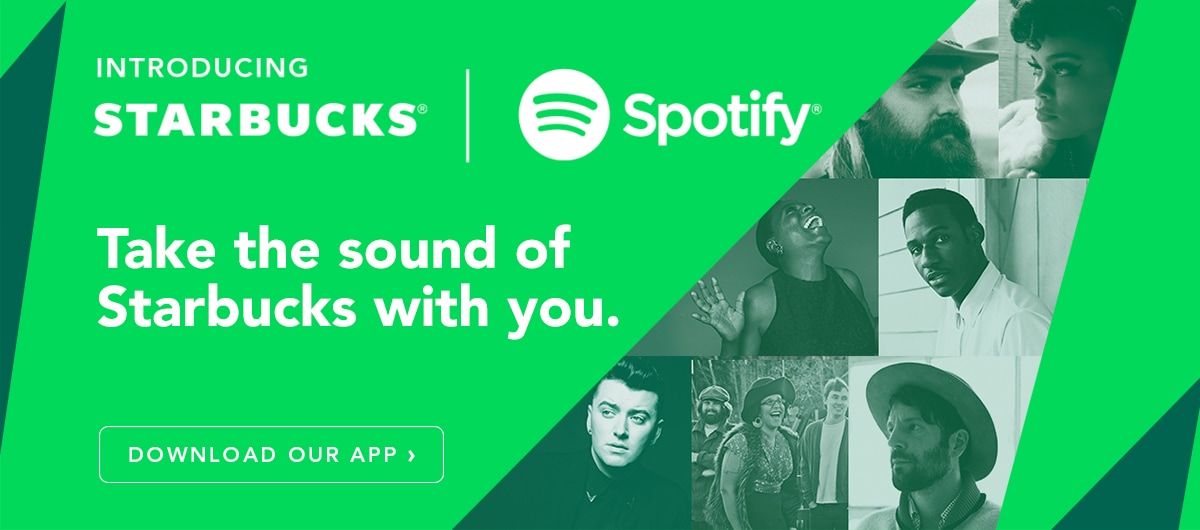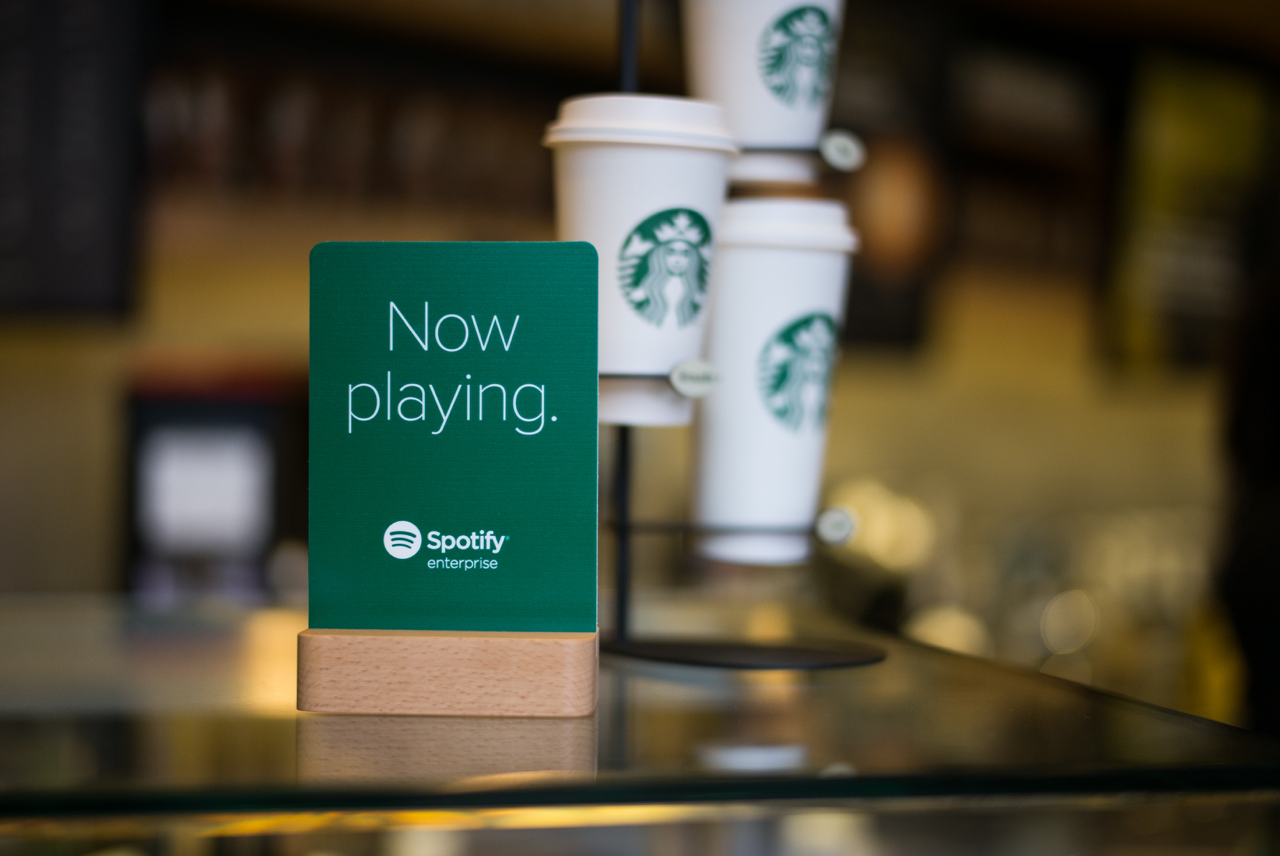We have seen several collaborations among famous brands in recent years. This collaboration among brands (called Co-branding), has most often becomes a blessing for both brands and can be an effective measure brand can adopt to achieve success in their business. Let’s get to know about it.

Co-branding happens when two or more brands partner together to develop a new product or service. This collaborative marketing strategy can benefit both brands by exposing them to new audiences and increasing credibility and sales. However, co-branding does come with some risks that brands should consider before pursuing a partnership. Read on to know more as we explore the basics of co-branding, discuss its benefits, challenges that need to be considered, and introduce some popular examples of co-branding to you.

Co-Branding: Definition
Co-branding refers to two or more brands collaborating to produce a unique product. The goal of co-branding is to combine the strengths and reputations of the partner brands to develop an exciting new product. Ideally, the partnership results in a product that neither brand could have created on its own.

The Two Primary Forms of Co-Branding Partnerships
There are two main types of co-branding partnerships: ingredient co-branding and composite co-branding. Understanding the differences can help brands determine the best partnership approach.
Ingredient Co-Branding
Ingredient co-branding involves integrating a partner brand into the actual product. For example, Dell partnered with Intel to feature Intel processors in Dell computers.
Ingredient co-branding has the following benefits:
- Increased product quality by incorporating a renowned branded element
- More promotional opportunities by leveraging both brand names
- Expanded distribution through each partner’s channels
- Higher profits thanks to perceived value from the ingredient brand.
This form of co-branding leads to better products by combining ingredient brands renowned for quality. The partner brands also provide reciprocal promotional and distribution advantages.

Composite Co-Branding
Composite co-branding refers to two brands developing a joint product or service. Neither brand could offer the co-branded product on its own. Composite co-branding provides:
- A new product that combines both brands’ strengths
- Increased perceived value from the partnership
- Greater reach and awareness by leveraging both brand audiences
- Creative opportunities neither brand could achieve alone
The composite approach is also about blending brand identities into an offering greater than the sum of its parts.

Benefits of a Co-Branding Partnership
There are several advantages that make co-branding an appealing marketing technique:
Wider Audience Reach: Co-branded products can access a larger target market by combining customer bases. Co-branding thrusts your brand into fresh audience circles. Partnering with brands of equal or greater stature expands your reach.
Increased Credibility: Partnerships with respected brands can boost a brand’s reputation and trust. Improve your brand’s reputation by working with well-known brands that have positive brand sentiment. At the same time, be cautious about working with brands that may have a negative sentiment.
More Sales Potential: Co-branded products pique existing customers‘ interest and attraction new customers. According to one survey, 71% (nearly three-quarters of consumers) enjoy co-branding partnerships and the new product options they bring about, and 43% of consumers say they’d try a co-branded product from a brand they already like—and with two audiences, that’s double the interest.
Cost Savings: Brands split development and marketing costs under a co-branding agreement. When you and another brand are partnering on the promotion of a new product, it usually requires less out-of-pocket marketing costs. Save on ad campaigns, branded assets, and more— since you and the other brand will be splitting the costs.
Key Difference from Co-Marketing
Co-branding differs from co-marketing campaigns between brands. Co-marketing involves brands partnering for a mutually beneficial promotion but not creating a new product. In co-branding, the emphasis is the collaborative product combining brand identities. This represents a deeper partnership compared to short-term co-marketing initiatives. For marketers, recognizing the distinctions between these brand partnership strategies is key to selecting the approach that aligns best with campaign goals.
Risks and Considerations
Co-branding is built on the foundation of collaboration, and when completely different cultures collide, it might not always be ideal. The agreement requires a lot of trust, guidelines to be followed very closely, and resources shared. Most importantly, brands need to consider consumer reactions to this newly established partnership. Brand images can clash, and market segments can be misled if companies fail to demonstrate a seamless, sensible connection. For example, if a prestigious high-end brand shares a voice with one perceived as mass-market or lower quality, the co-branding partnership can fail due to mixed messages and confused consumers. In the worst-case scenario, the product could flop, the brand image can be tarnished, and the venture can be considerably costly.
Successful Co-Branding Examples
When done strategically, co-branding can pay off tremendously. Here are some real-world examples of impactful co-branded products:
Nike and PlayStation:
The collaboration between Nike and PlayStation is a testimony to perfect timing. Their co-branded sneakers were released shortly after the launch of the PS5, which ignited interest among gaming enthusiasts and sneakerheads alike.
Starbucks & Spotify:
Starbucks and Spotify brewed up a melodious partnership in 2015. Employees got Spotify Premium subscriptions, which also found its way to the Starbucks app, enriching the coffeehouse ambiance with curated playlists.

Coca-Cola & The American Red Cross:
Coca-Cola‘s enduring alliance with the American Red Cross signifies goodwill and community support. A partnership beyond products, they unite to provide aid during disasters, forging a harmonious blend of business and social responsibility.

While some Coca-Cola products are perceived as unhealthy and could cause a backlash by partnering with an esteemed health organization like the Red Cross, the co-branding partnership extends beyond the product. It showcases an over-arching partnership of two All-American brands with legacy and tradition. Furthermore, Coca-Cola owns and contributes healthy drinks to the Red Cross, including its lines of Dasani Water, SmartWater, and Vitamin Water.
Louis Vuitton & BMW:
When luxury couture meets top-tier automobiles, magic happens. Louis Vuitton‘s luggage line tailor-made for BMW’s i8 showcases compatibility in design and innovation, captivating audiences seeking class and quality.
The Future of Co-Branding
As consumers continue engaging with brands across more touchpoints, co-branding provides a collaborative way to generate excitement and reach shoppers. Emerging technologies like augmented reality and artificial intelligence will further expand possibilities for creative brand partnerships.
Bottomline
Overall, when executed thoughtfully, co-branding can be a win-win marketing strategy for partner brands looking to expand their audiences and offerings. Identifying the right brand fit and defining the roles and responsibilities can set up the partnership for success.



